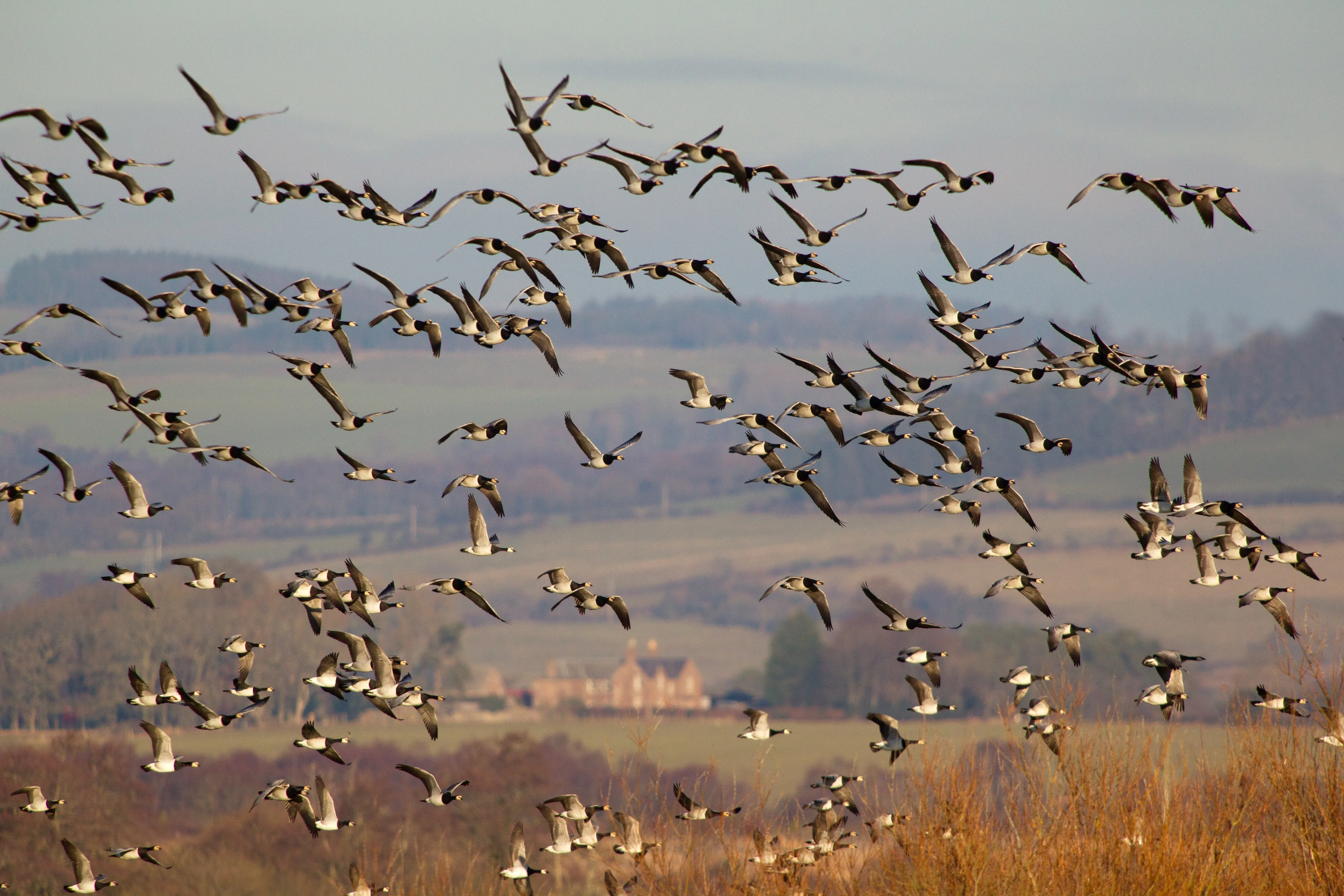Citation

Overview
A vulnerability assessment to high pathogenicity avian influenza predicted mortality at the avian family, but not the species, level. Waterfowl, seabirds, other waterbirds and raptors were ranked as most vulnerable families.
Abstract
Capsule
Vulnerability assessment to high pathogenicity avian influenza predicted mortality at the avian family, but not the species, level.
Aims
To assess the vulnerability of UK birds to high pathogenicity avian influenza pre-2021/2022 and during the exceptional 2021/2022 season.
Methods
Two trait-based approaches to vulnerability assessment were tested using surveillance data for the number of reported positive avian influenza detections in the UK.
Results
Species-level positive detections varied with population size, body size and colour. Although overall vulnerability assessment was not correlated with positive detections at the species level, components of vulnerability most likely to reflect mortality rates were positively correlated with positive detections pre-2021/2022, but not in 2021/2022. Vulnerability assessment scores were strongly correlated with mean positive detections at the family level (but not species level) in both time periods.
Conclusion
Consistency in successfully identifying the most vulnerable avian families suggests predictability in vulnerability, even if species mortality rates vary among outbreaks. Waterfowl, seabirds, other waterbirds and raptors were ranked as most vulnerable. Components of vulnerability most linked to mortality may not be associated with aspects of vulnerability most linked to conservation impact.
This work has been funded by the BTO, particularly through donations from members and supporters to the avian influenza appeal. The November 2022 workshop that helped to inform this work was funded by Defra, JNCC and BTO. ACB and MF were funded by the Department for Environment, Food and Rural Affairs (Defra, UK) and the Devolved Administrations of Scotland and Wales, through the following programmes: SV3400, SV3032, and SE2213. ACB was also supported by the Biotechnology and Biological Sciences Research Council (BBSRC) and Department for Environment, Food and Rural Affairs (Defra, UK) research initiative ‘FluTrailMap’ [grant number BB/Y007271/1], and funded by the European Union under grant agreement (101084171) - (Kappa-Flu).


